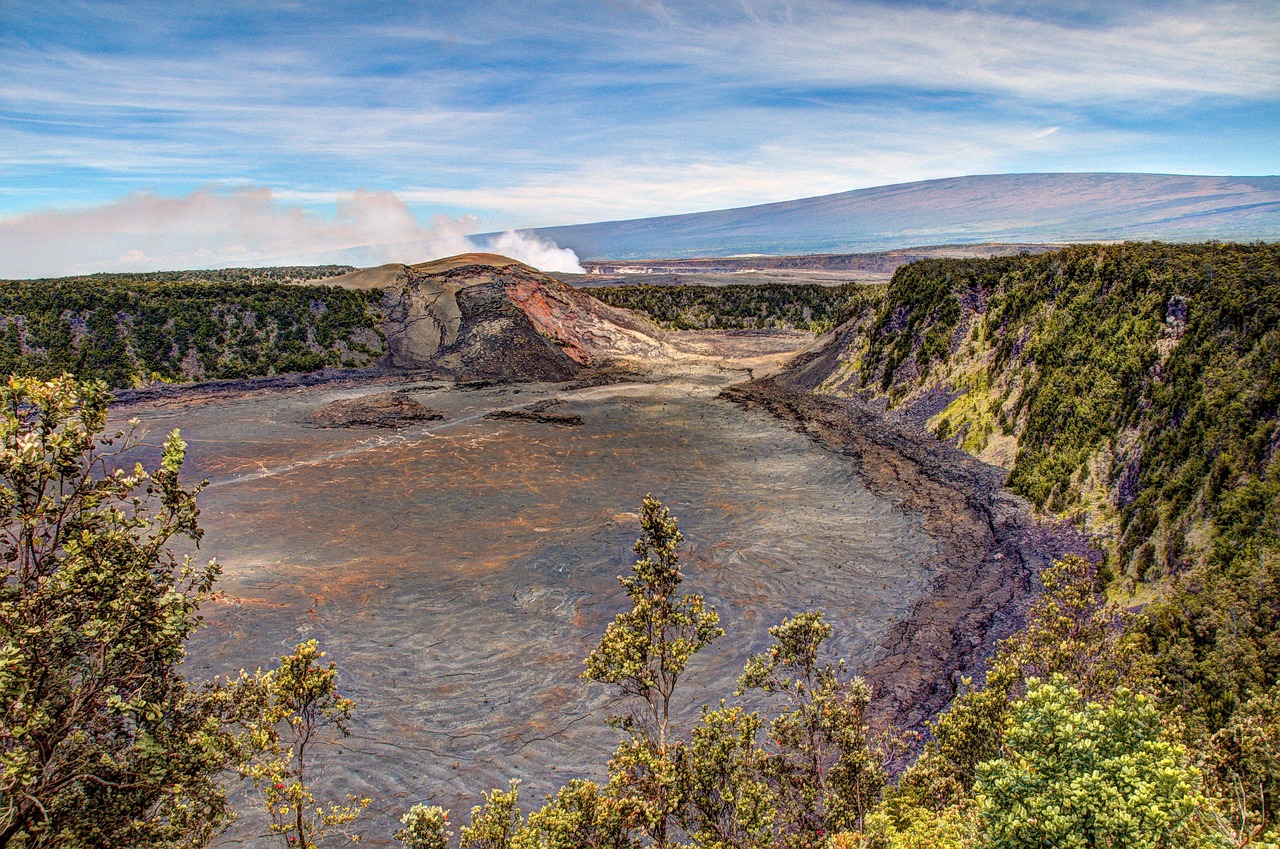Quick Bits:
Hawaiʻi Volcanoes National Park stands as a testament to Earth’s raw power. It offers an incredible window into geological history and vibrant Hawaiian culture. Home to Mauna Loa and Kīlauea, two of the most active volcanoes on the planet, the park stretches across the Big Island of Hawaiʻi. Visitors step into a world shaped by molten rock, vast craters, lush rainforests, and flowing lava fields.
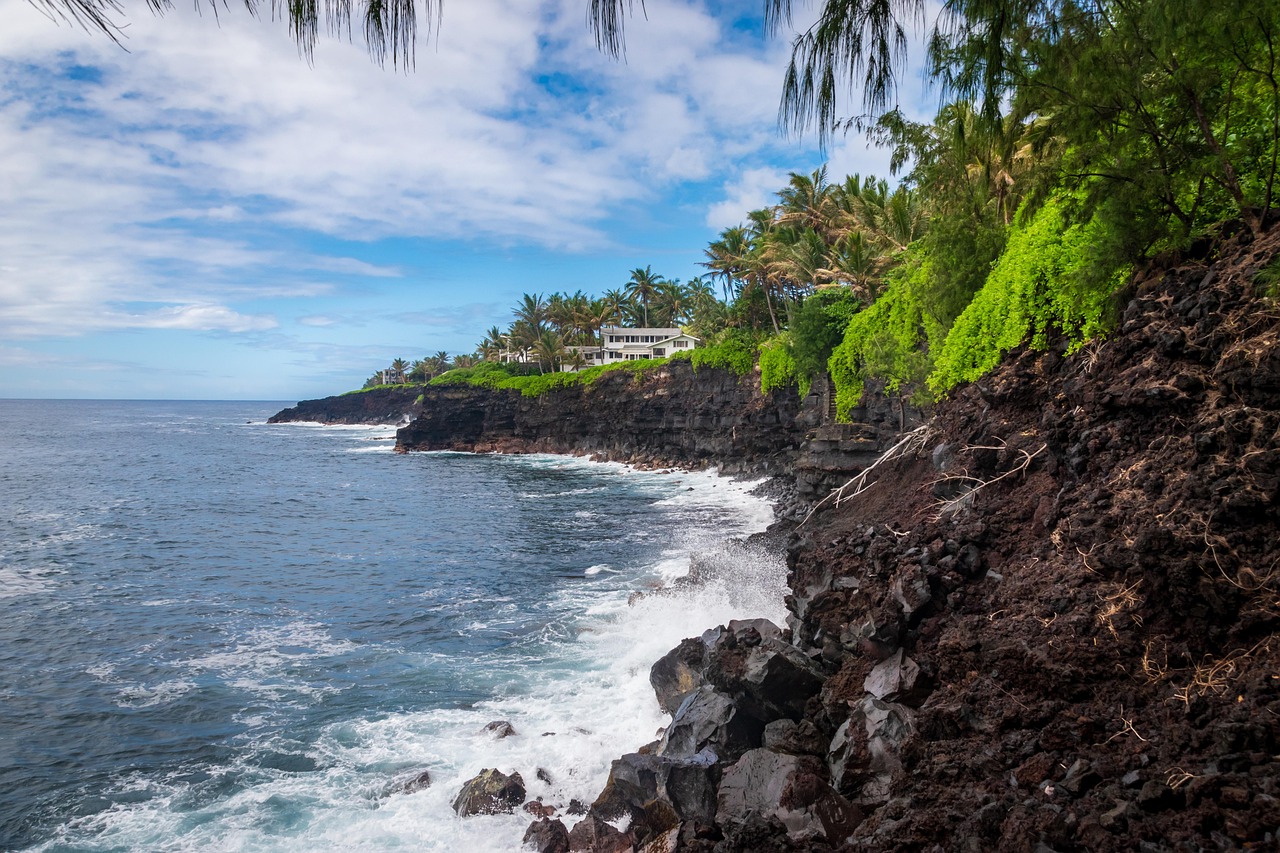
Image by: Felix Dilly – Via Pixabay
Key Highlights
- Kīlauea’s Ongoing Eruptions: Observe active lava flows.
-
Mauna Loa Summit Adventures: Hike to the world’s largest volcano summit.
-
Thurston Lava Tube: Walk through ancient volcanic tunnels.
-
Chain of Craters Road: Scenic drive along a dramatic landscape.
-
Puʻuloa Petroglyphs: Explore ancient Hawaiian rock carvings.
General Information
Hawaiʻi Volcanoes National Park was established in 1916. It covers an expansive area of over 500 square miles. Recognized as a UNESCO World Heritage Site, the park preserves an ever-evolving ecosystem. It supports diverse flora and fauna found nowhere else on Earth.
Park hours run year-round. Most visitor centers and scenic spots are accessible during daylight. Some popular trails and viewing areas stay open into the night for lava viewing. Entry fees apply, and annual passes are available for frequent visitors.
Visitor Centers:
-
Kīlauea Visitor Center: Best for current eruption updates and maps.
-
Jaggar Museum: Closed indefinitely, but nearby viewpoints remain open.

Image by: Tommy Beatty – Via Pixabay
Geography Information
The park’s geography is shaped by constant volcanic activity. Mauna Loa towers at 13,681 feet above sea level, and its mass depresses the ocean floor an additional 16,400 feet. Combined, it forms the tallest mountain on Earth from base to summit.
Kīlauea sits at a lower elevation but is among the most active volcanoes. Its eruption patterns continually change the landscape, creating new black sand beaches and coastal plains.
Landscape Features:
-
Deep Craters and Calderas
-
Endless Lava Fields
-
Lush Tropical Rainforests
-
Coastal Cliffs and Tidepools
Unique ecosystems thrive across different elevations. Native species such as the nēnē (Hawaiian goose) and rare ferns adapt to these shifting environments.
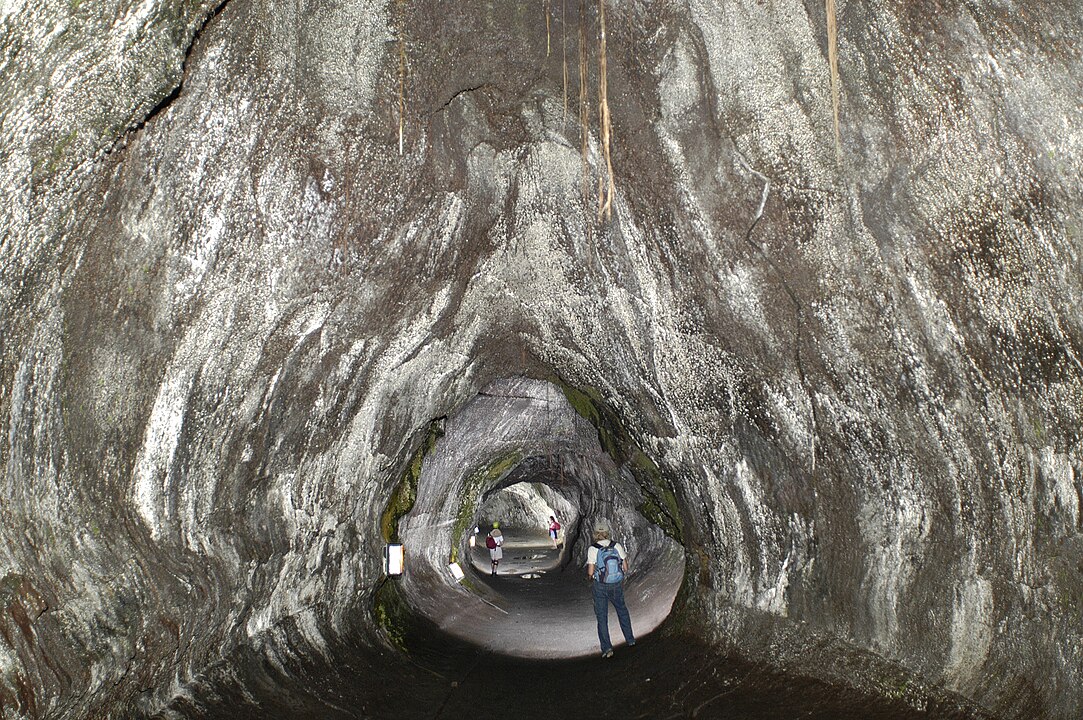
Image by: Dave Bunnell – Via Wikipedia
Places to Visit
Kīlauea Overlook
-
Best spot for panoramic views of Halemaʻumaʻu Crater.
Devastation Trail
-
Easy hike across a stark landscape created by a 1959 eruption.
Thurston Lava Tube (Nāhuku)
-
Explore a prehistoric volcanic cave draped in ferns.
Chain of Craters Road
-
Drive through twenty miles of lava fields leading to the sea.
Puʻuloa Petroglyphs
-
A sacred site with thousands of ancient carvings.
Mauna Loa Trail
-
Ambitious trekkers can attempt this challenging hike to the summit.
Holei Sea Arch
-
A dramatic coastal formation carved by relentless waves.
Kipukapuaulu Trail (Bird Park)
-
Lush trails famous for native bird sightings.
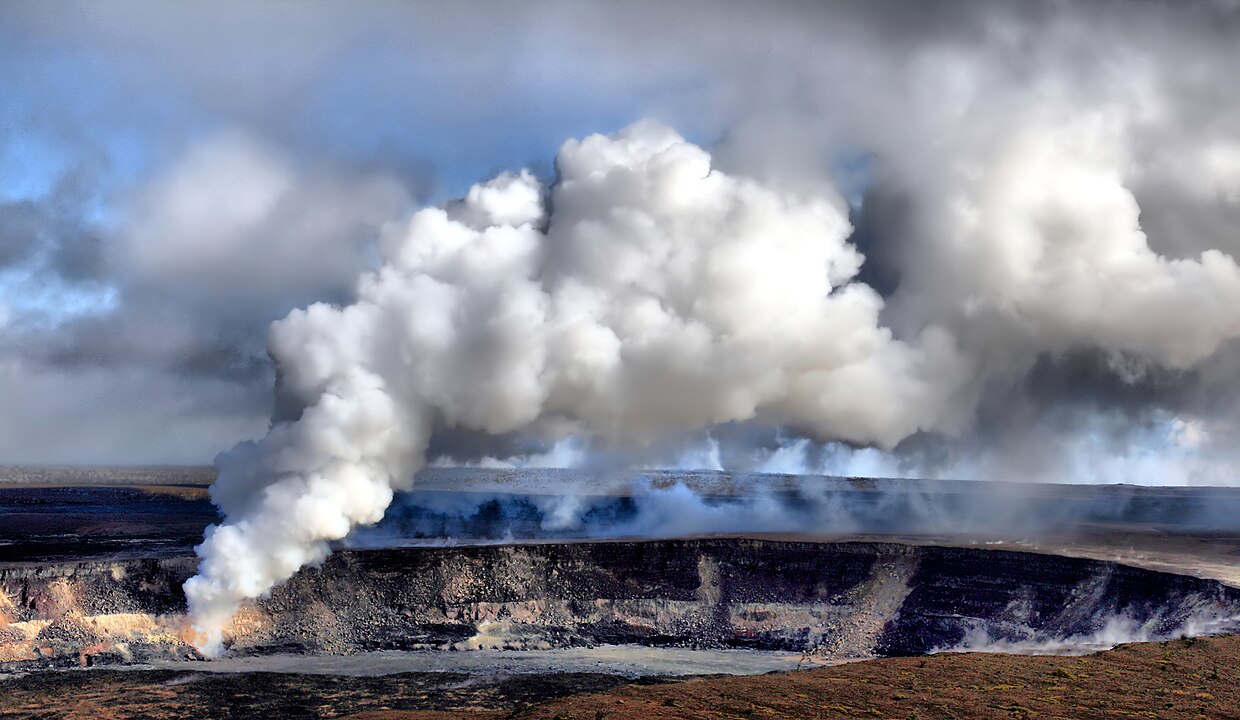
Image by: Brocken Inaglory – Via Wikipedia
Yearly Climate
Hawaiʻi Volcanoes National Park features a diverse climate due to variations in elevation and weather patterns. Visitors often experience hot sun, mist, rain showers, and cool breezes all in one day.
Temperature Ranges:
-
Coastal areas: 65°F to 85°F
-
Summit areas: 30°F to 70°F
Rainfall Patterns:
-
Heavier rains from November through March.
-
Drier months from April through October.
Microclimates:
-
Rainforests thrive near lower elevations.
-
Higher altitudes experience cooler, drier air.
Visitors are encouraged to dress in layers and carry rain gear regardless of season.
Best Time of Year to Visit
Spring and fall often offer the best balance of weather, fewer crowds, and active volcanic displays. April, May, September, and October provide moderate temperatures and lower chances of heavy rain.
-
Spring (April – May): Vibrant blooms and accessible hiking trails.
-
Fall (September – October): Stunning sunsets and active lava viewing.
Winter months appeal to those seeking dramatic weather and vibrant greenery. Summer brings families and larger crowds. The park’s high elevations offer relief from tropical heat year-round.
Events like “Volcano Art Center’s Hula Kahiko” showcase traditional Hawaiian culture through dance and storytelling.
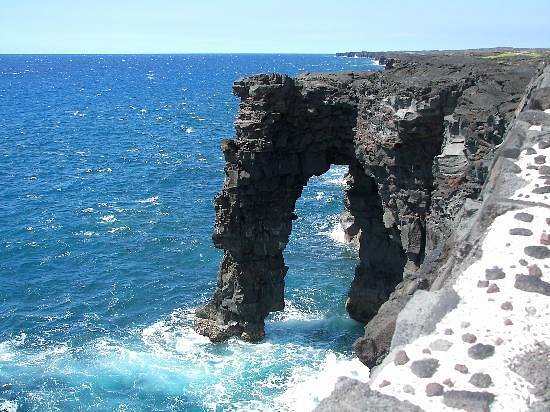
Image by: Sailorsgirl – Via Tripadvisor
In Summary…
Hawaiʻi Volcanoes National Park captures the spirit of creation and transformation. It holds stories written in molten stone, ancient forests, and cultural heritage. Walking across newly formed earth or tracing ancient petroglyphs, visitors connect deeply with both nature and history.
No journey to the Big Island feels complete without experiencing this dynamic wonderland. Whether marveling at the fiery heart of Kīlauea or breathing the crisp summit air atop Mauna Loa, the park promises unforgettable moments that ignite the imagination.

